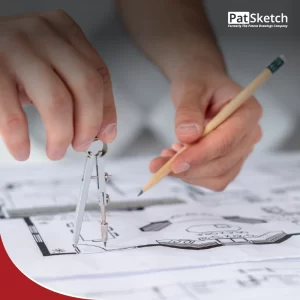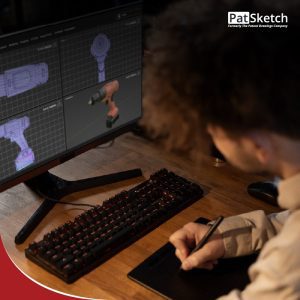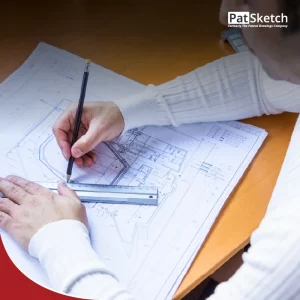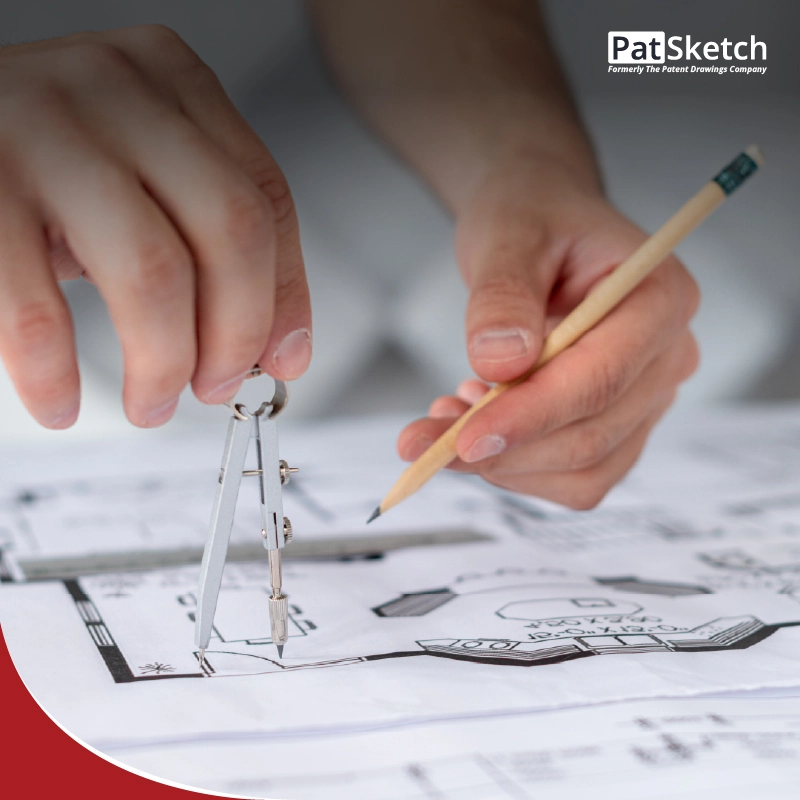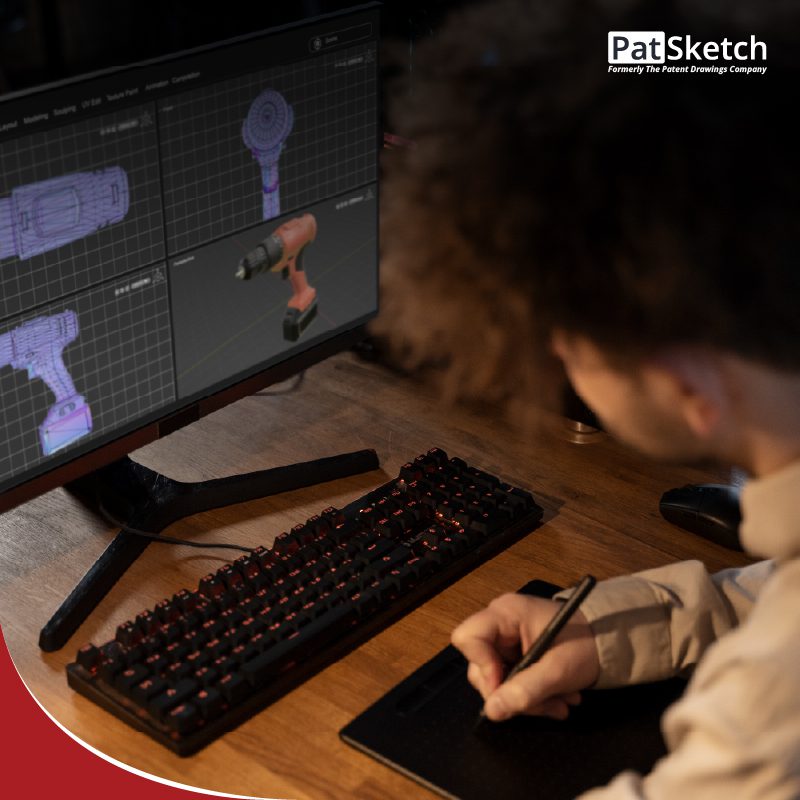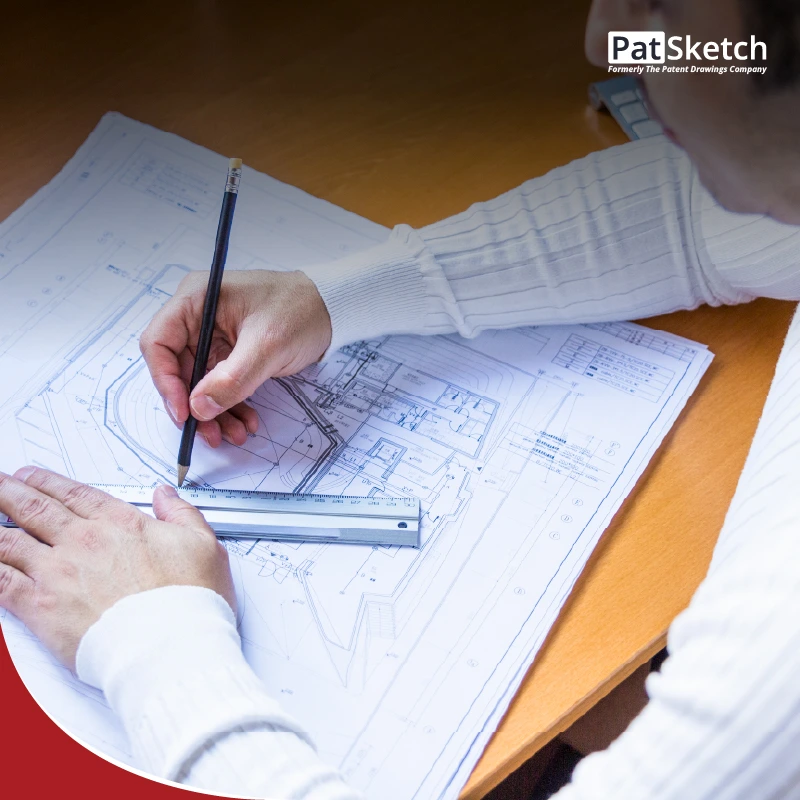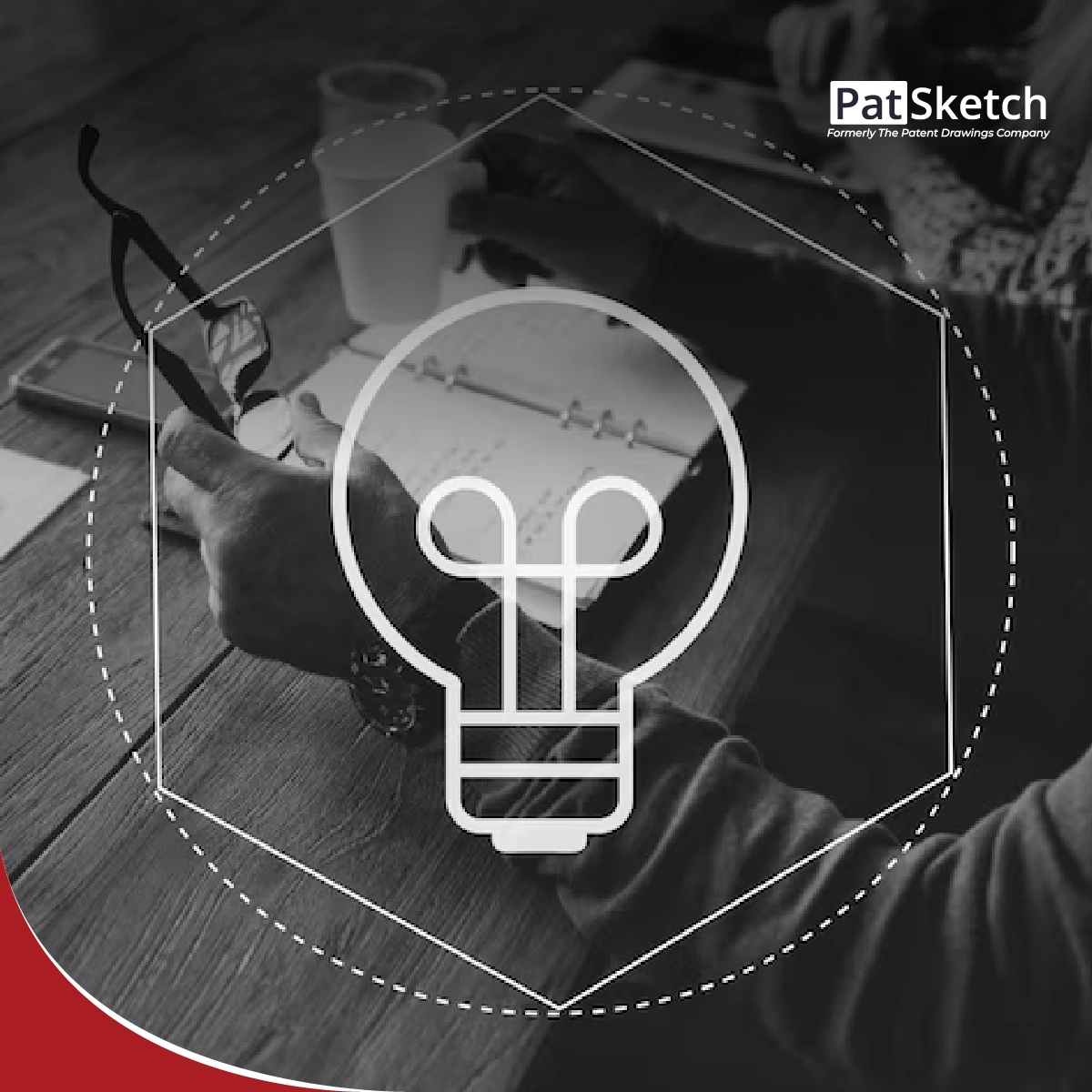Applying for a patent is no easy feat. Inventors must submit a variety of documents and drawings in order to have their invention patented. Among these is the patent drawing, which is a drawing of the invention that will be used to help explain the invention in the written patent application. While most people focus on written application, the patent drawing is just as important. A well-done drawing can make the difference between a successful and unsuccessful patent application. In this blog post, we will explore how patent drawings impact your patent application and what you can do to ensure yours is up to par.
The purpose of a patent drawing
Most people think that patent drawings are only concerned with the look of an invention. However, the USPTO requires that all patent drawings show every feature of the invention specified in the claims. The purpose of a patent drawing is thus to clearly illustrate all features of the invention so that someone skilled in the relevant art could make and use the invention based on the drawing alone.
Patent Drawings can be extremely helpful in getting a patent grant. In addition, well-drawn patent illustrations can be important for enforcing a patent against infringers. Therefore, it is worth taking care to ensure that your patent drawings accurately and clearly depict all aspects of your invention.
How to get started with a patent illustration?
If you have an idea for a new invention, you will need to create a patent drawing in order to file a patent application. A patent drawing is a technical drawing of your invention that clearly shows all of its features. The USPTO requires that all patent drawings be in black and white, with no shading.
There are a few things to keep in mind when creating your patent drawing:
- Make sure that all the features of your invention are shown clearly. Your patent drawing should be as detailed as possible, showing every aspect of your invention.
- Label each part of your invention clearly. The USPTO requires that you label each part of your invention in the drawing, so that they can understand what it is and how it works.
- Use standard views. The USPTO prefers that you use standard views when creating your patent drawings such as front-view, side-view, top-view. This makes it easier for them to understand your invention.
Once you have created your patent drawing, you can then file your patent application with the USPTO.
The impact of a well-done patent drawing
When it comes to the impact of a well-done patent drawing, there are two main things to consider. First, a well-crafted patent drawing can significantly increase the chances that your application will be successful. Secondly, even if your patent application is not successful, a good patent drawings can still provide valuable insights and feedback that can help you improve your invention.
In terms of success rates, studies have shown that patents with high-quality drawings are more likely to be granted than those with low-quality drawings. This is likely because a well-done patent drawing makes it easier for examiner to understand the invention and makes it more likely that the examiner will find the invention novel and non-obvious.
Even if your application is not ultimately successful, a good patent drawing can still be helpful in providing feedback about your invention. For example, if an examiner rejects yoiur application because they feel like they already know about your invention from prior art, looking at your patent drawing can help you figure out how to make your invention different enough to overcome that prior art.
Overall, then, it is clear that having a well-done patent drawing can have a significant impact on both the likelihood of success for your application as well as the quality of feedback you receive if your application is unsuccessful.
The impact of a poorly-done patent illustrations
The quality of your patent illustration can have a big impact on the overall success of your application. Poorly-done patent drawings can result in delays in the process, as well as increased costs. In some cases, it may even be necessary to hire a professional to redo the drawings.
In addition, poorly done patent drawings can also impact the enforceability of your patent. If your drawings are not clear or complete, it may be difficult to prove infringement in the court. This could limit the value of your patent and make it more difficult to to commercialize your invention.
Conclusion
Patent illustrations are the crucial part of the patent application process, as they can better help to illustrate the invention and how it works. While not every patent application will require drawings, they can be a helpful tool in securing a patent for your invention. So, if you are considering applying for a patent, be sure to consult with a qualified patent attorney to discuss whether or not drawings may be beneficial for your particular invention.

